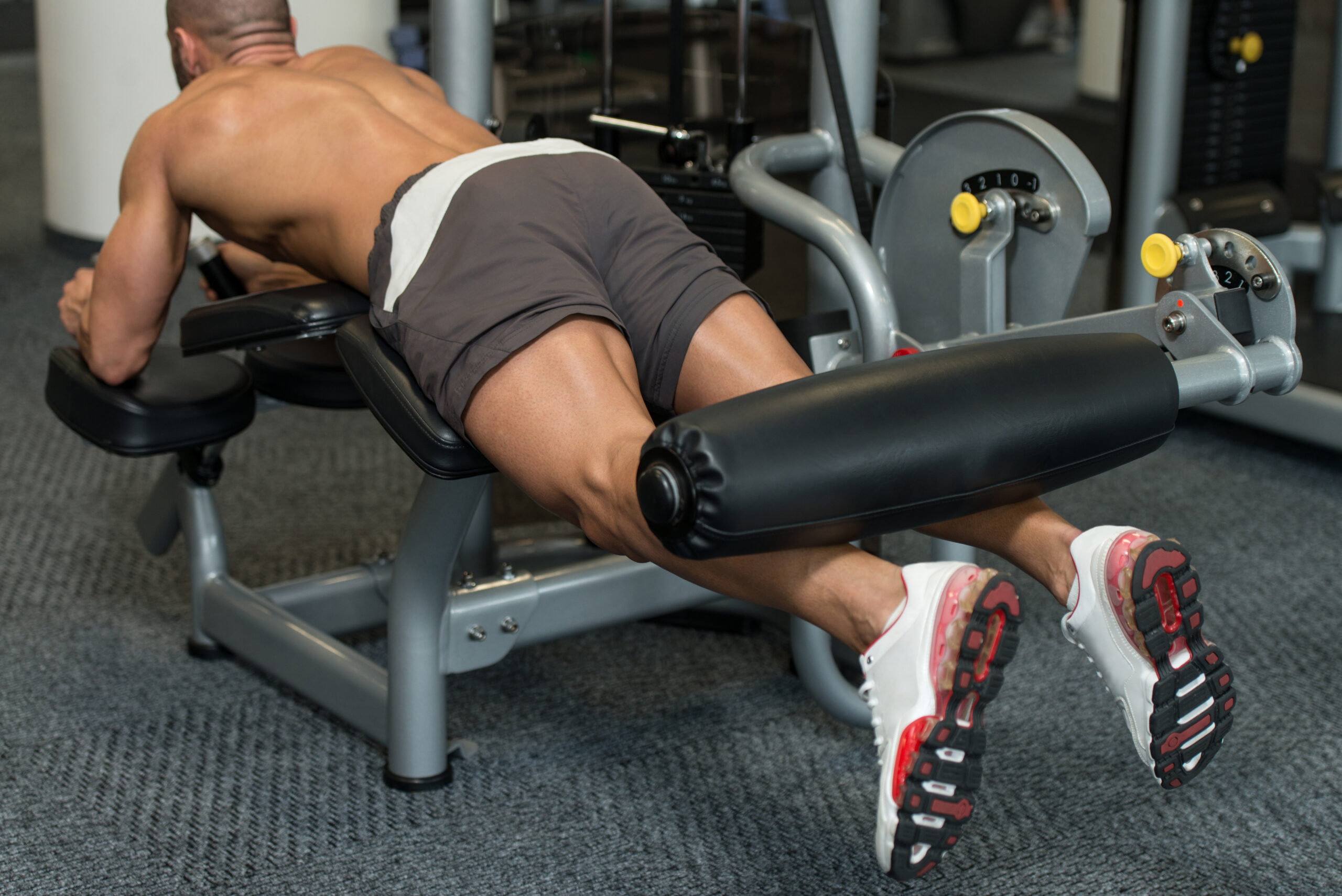60 Flirty Bedtime Pickup Lines


Hamstring workouts are crucial for athletic performance, injury prevention, and overall leg strength. This comprehensive guide delves into the best hamstring workouts, combining historical insights with modern techniques to enhance your training regimen. By understanding the evolution of hamstring exercises and incorporating scientifically-backed movements, you can optimize your workouts for maximum strength and balance. Whether you’re a seasoned athlete or a fitness enthusiast, this article offers practical insights and structured routines to elevate your hamstring training.

The history of hamstring exercises dates back to ancient times when athletes sought ways to improve speed and agility. Early methods focused on basic movements, but as our understanding of muscle mechanics evolved, so did the complexity and efficacy of these workouts. Today, we benefit from decades of research and innovation, allowing for more targeted and efficient hamstring training.
Modern hamstring workouts are rooted in scientific studies and biomechanical principles. This evolution has led to a variety of exercises that not only build strength but also enhance flexibility and reduce injury risk. By exploring the rich history of hamstring exercises, we can appreciate the advancements that have shaped current training methodologies.
Building strong hamstrings involves a combination of compound and isolation exercises. This section highlights the most effective workouts that target the hamstrings directly, ensuring balanced development and improved performance.
Deadlifts are a cornerstone of hamstring training, engaging multiple muscle groups for comprehensive strength building. Focus on form and technique to maximize benefits while minimizing injury risk. Recommended sets and reps: 3-4 sets of 6-8 reps.
Leg curls, performed on a machine, isolate the hamstrings and are ideal for hypertrophy. This exercise emphasizes the importance of muscle groups involved in knee flexion, crucial for athletic movements. Recommended sets and reps: 3-4 sets of 10-12 reps.
Good mornings are excellent for targeting the posterior chain, including the hamstrings. This exercise requires control and attention to form, making it highly effective for strength and flexibility. Recommended sets and reps: 3 sets of 8-10 reps.
Single leg exercises are essential for developing balance and correcting muscle imbalances. These variations also engage stabilizing muscles, contributing to overall functional strength.
Single leg deadlifts are an advanced variation that challenges balance and coordination. This exercise is particularly beneficial for athletes, enhancing unilateral strength and stability. Recommended sets and reps: 3 sets of 8-10 reps per leg.
While primarily a quad exercise, Bulgarian split squats engage the hamstrings significantly, especially when performed with a forward lean. This movement promotes balance and unilateral strength. Recommended sets and reps: 3 sets of 8-10 reps per leg.

Understanding hip extension’s role in hamstring workouts is vital for effective training. Exercises that incorporate hip extension not only target the hamstrings but also enhance overall athletic performance.
Glute bridges activate the hamstrings through hip extension, making them a valuable addition to any leg workout. This exercise also strengthens the glutes, contributing to a powerful posterior chain. Recommended sets and reps: 3 sets of 12-15 reps.
Hip thrusts are another excellent exercise for targeting the hamstrings and glutes through hip extension. This movement is highly effective for building lower body strength and power. Recommended sets and reps: 3-4 sets of 8-10 reps.
Optimizing sets and reps is crucial for achieving specific fitness goals, whether it’s strength, hypertrophy, or endurance. Tailoring your approach based on scientific studies ensures efficient and effective workouts.
For hypertrophy, aim for 3-4 sets of 8-12 reps with moderate weight. For strength, focus on 3-5 sets of 4-6 reps with heavier weights. Adjust rest periods based on your goals, allowing longer rest for strength and shorter for hypertrophy.
Electromyography (EMG) studies provide insights into muscle activation during various exercises. Understanding peak EMG activities helps identify the most effective movements for targeting the hamstrings.
Research from sources like PubMed highlights that exercises such as Romanian deadlifts and leg curls consistently show high EMG activity, indicating their efficacy in hamstring engagement. Incorporating these exercises ensures optimal muscle activation and growth.
Romanian deadlifts are a staple in hamstring training due to their effectiveness in engaging the posterior chain. This exercise emphasizes the eccentric phase, crucial for muscle development and strength.
Proper form is essential to prevent injury and maximize benefits. Keep the back straight and hinge at the hips, lowering the weight slowly to engage the hamstrings fully. Recommended sets and reps: 3-4 sets of 8-10 reps.
Incorporating hamstring workouts into your routine requires strategic planning to ensure balanced development and recovery. Consider your overall training goals and adjust accordingly.
For athletes, integrating hamstring exercises 2-3 times a week can enhance performance and reduce injury risk. Ensure adequate recovery and vary exercises to prevent plateaus and maintain motivation.
By understanding the history and science behind hamstring workouts, you can craft a routine that is both effective and sustainable, leading to improved strength, balance, and athletic performance.